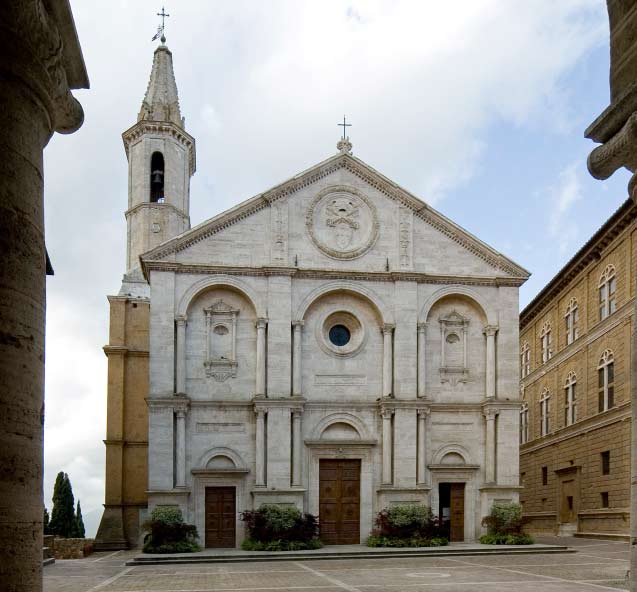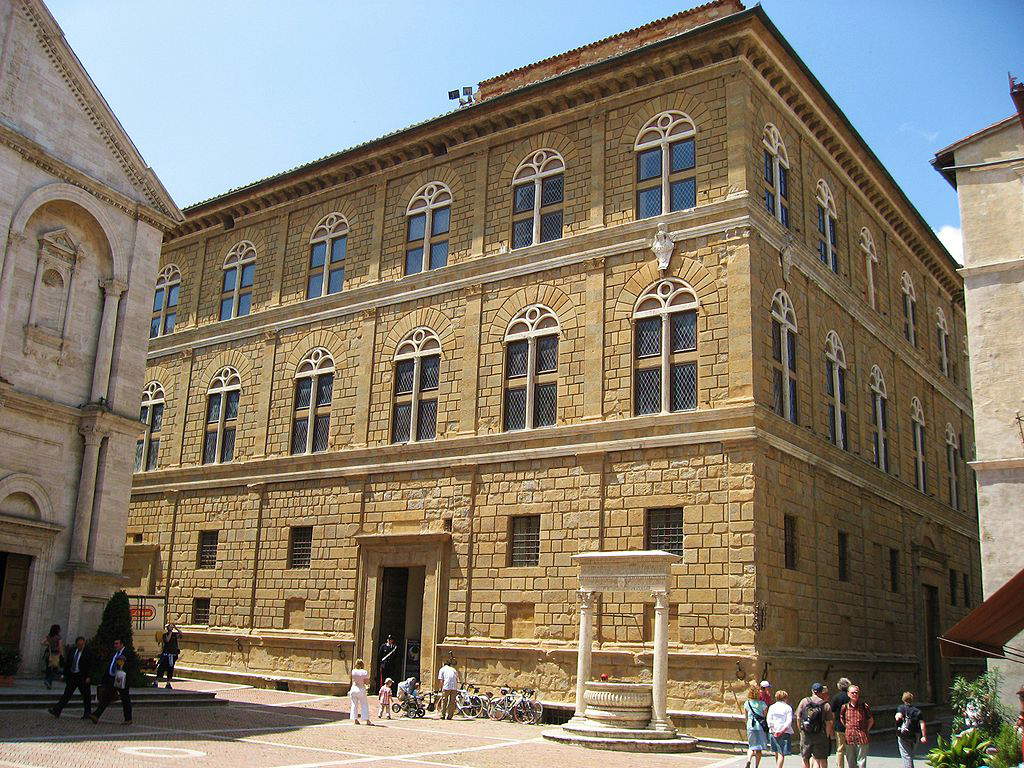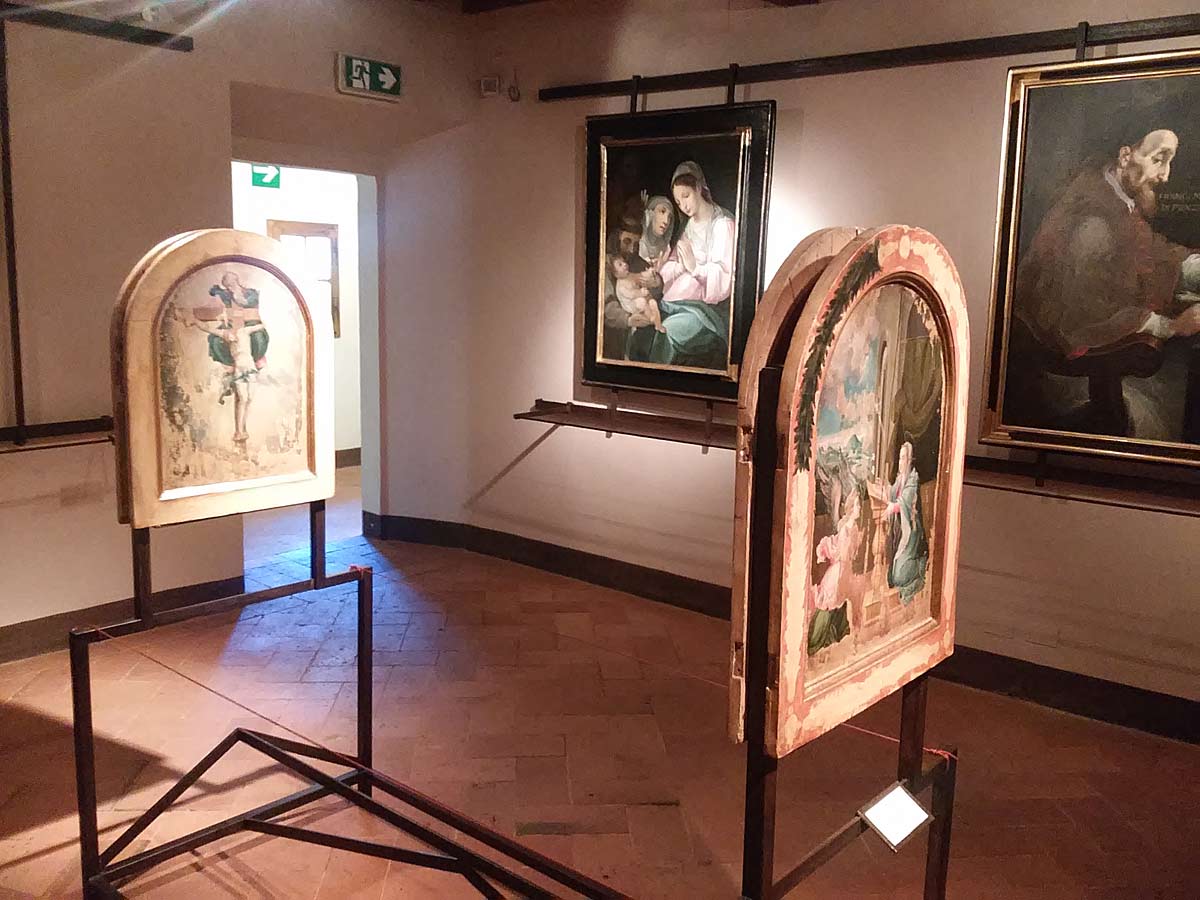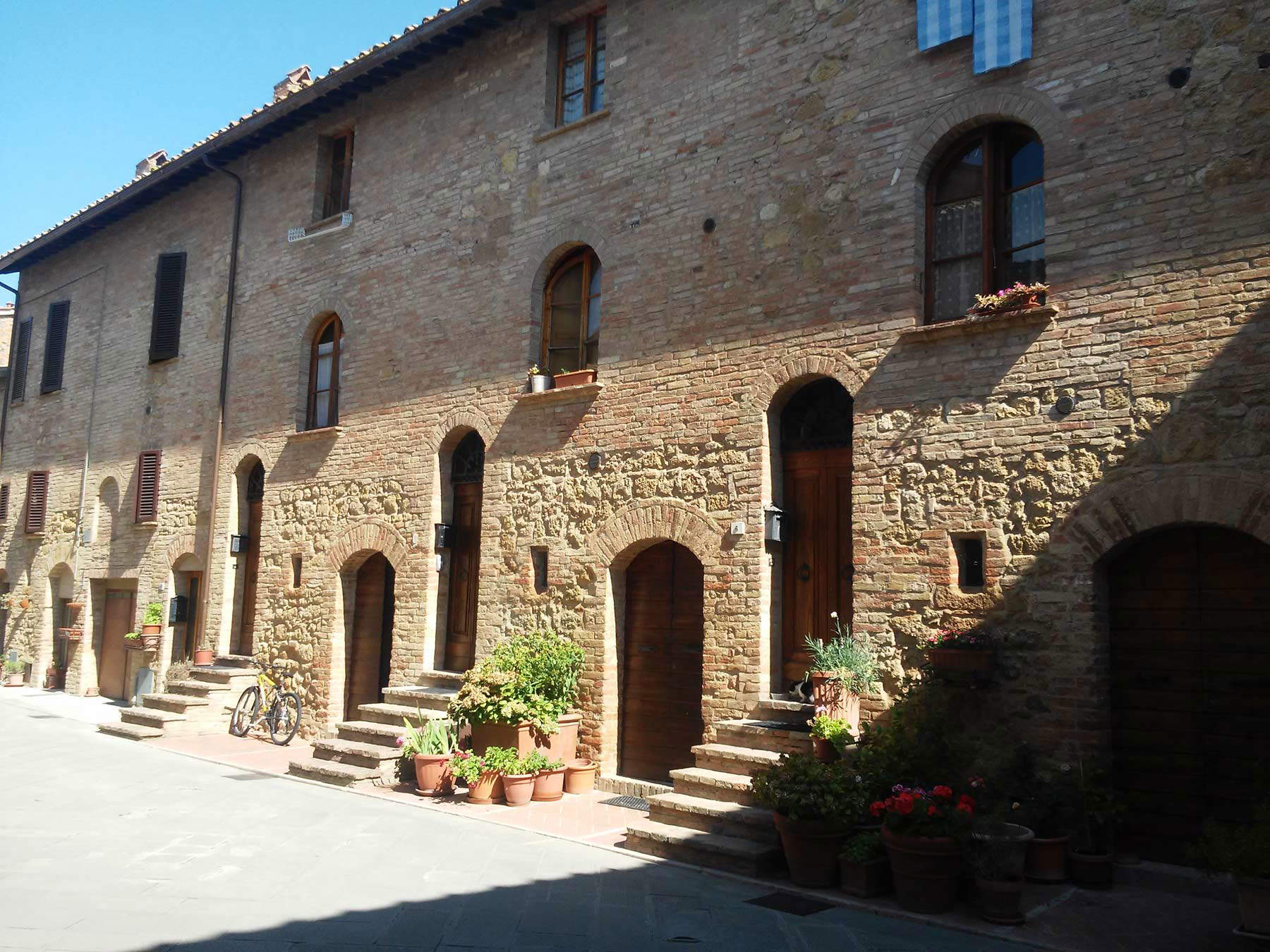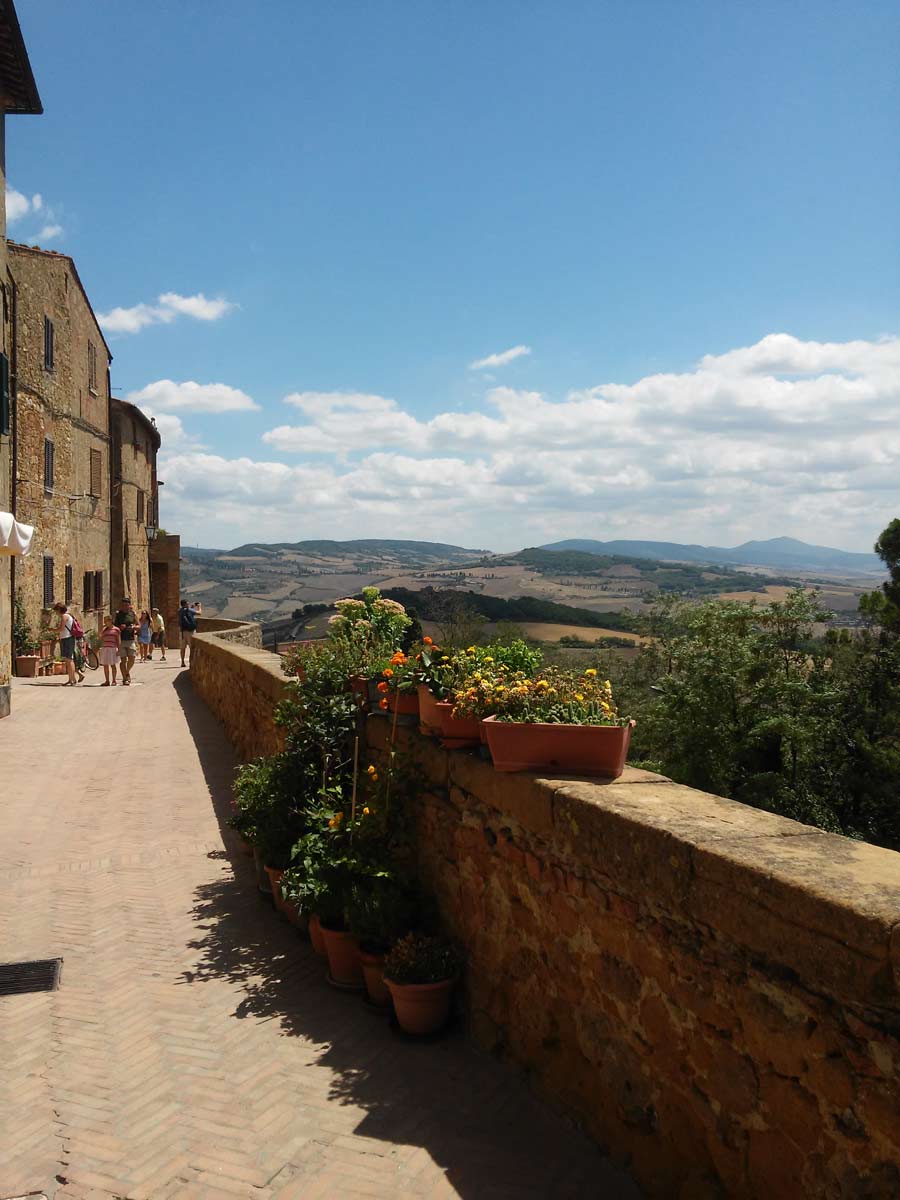by Redazione , published on 15/10/2020
Categories: Travel
/ Disclaimer
Pienza is known to be the ideal city of the 15th century: it is the result of the rearrangement of an ancient village, Corsignano, based on the most up-to-date ideas of Renaissance town planning.
For so many who have spoken of her, Pienza is the “ideal city” of the 15th century, the only example of a 15th-century city born (or, rather, restructured) according to a pre-established urban plan, in what Franco Cardini and Sergio Raveggi have called “one of the most extraordinary realizations of the mythopoetic will of humanism.” The dream of a pope, Pius II, realized through the genius of one of the best architects of the Renaissance, Bernardo Rossellino. An ancient village in the Val d’Orcia transformed into a modern town, built according to the most up-to-date and innovative urban planning ideas. In these few lines could be summed up the birth of Pienza, the ancient Corsignano that was the birthplace of Enea Silvio Piccolomini, a noble humanist and exponent of an illustrious Sienese family long since decayed and far removed from the affairs of Siena. He ascended to the papal throne in 1447, and although he had been away from his village for years, he never forgot his origins.
It was in February 1459 that the pope, in the course of a journey that was taking him from Rome to Mantua, passed through his native borgo, and found it disordered and degraded, so much so that he cultivated the idea of raising it from this condition and transforming it into a modern city in the space of only three years. A city that he later named after him: no longer Corsignano, but Pienza, the city of Pius. The pope, as mentioned, was a refined and learned humanist, and it is known that on his journey he had in his retinue not only Rossellino, but also the latter’s teacher, that Leon Battista Alberti who is considered among the great fathers of Renaissance architecture: and it was probably Alberti who suggested that the layout of the ancient village should not be disrupted, but that the new structures should fit in with what already existed.
The elegant Renaissance buildings were thus constructed along the main street, still the artery of Pienza today (it is the “Corso Rossellino”), without, however, correcting its slightly irregular course. Again, there was the square, which was initially to be the only intervention in ancient Corsignano, and which has not just one front entrance, but two side entrances, so as to ensure different views according to the entrance. The square opens directly onto the corso: it has a trapezoidal shape, and is closed by the façade, also Albertian (it echoes the Malatesta Temple in Rimini), of the Duomo on the longest side. Accompanying the perspective are the Piccolomini Palace on the right and the Bishop’s Palace on the left, while on the side opposite the Duomo stands the Praetorian Palace. The pavement of the square also contributes to suggest the perspective, divided as it is into large rectangles separated by planks of travertine.
 |
| Pienza, Piazza Pio II |
 |
| Pienza Cathedral. Ph. Credit Unesco MiBACT Office |
 |
| The interior of the Cathedral of Pienza |
 |
| Piccolomini Palace |
 |
| The Praetorian Palace |
 |
| The Bishop’s Palace. Ph. Credit Opera Laboratori Fiorentini |
And the same visit to Pienza usually cannot but start from here, from the large square, today “Piazza Pio II.” The Cathedral, in addition to being one of the most beautiful buildings of worship in Tuscany, also represents an interesting engineering challenge, since the church clings to the rock on which the town stands, as can be seen when walking behind the apses. An extraordinarily luminous travertine building, it was built on the model of the German Hallenkirchen that Pius II had encountered during his long travels in northern Europe: the elegance, however, of both the interior and the cleverly tripartite facade, is all Italian. And contributing to its decor are the pictorial masterpieces the visitor finds inside, by some of the greatest craftsmen of the prolific Sienese Renaissanceschool: Matteo di Giovanni, Sano di Pietro, Giovanni di Paolo, il Vecchietta. All panels, there are no frescoes: by the express wish of the pontiff, the walls of the cathedral had to preserve their white...natural. Even on the panels Pius II gave provisions: no elaborate frames, no division into compartments, but figures participating in a single space.
On the side, on the other hand, the palace of Pius II finds space, an Albertian idea of sandstone and travertine, and here again the pontiff probably wanted to intervene in the planning stages of the building for which Bernardo Rossellino took Palazzo Rucellai in Florence as a model. Today, Palazzo Piccolomini is open to the public, managed by the society that cares for the Piccolomini estate (who lived there until the 1960s): a row of rooms with furnishings from the 16th and 17th centuries that tell the story of the family leads to the garden and loggia, from where one of the most celebrated views of the Val d’Orcia can be admired. On the opposite side of the square, the Bishop’s Palace now houses the Diocesan Museum, custodian of works of supreme value, beginning with the very precious cope of Pius II, a marvelous vestment decorated with episodes from the lives of the Virgin, St. Margaret ofAntioch and St. Catherine of Alexandria, and then paintings by Vecchietta, Fra’ Bartolomeo, Luca Signorelli, Sodoma, the 16th-century Sienese school, Bernardino Mei, and Ventura Salimbeni.
The loggia of the Praetorian Palace and its tower accompany the traveler toward the Corso: here, sober Renaissance palaces also part of Pius II’s renewal project are lined up, since the pontiff invited his cardinals to provide resources to modernize the town’s buildings. And what we see today as we walk the length of the corso is the result of the pope’s munificent attachment to his hometown. Then, from the corso, we take the alleys with picturesque and romantic names (Via dell’Amore, Via del Bacio, Via della Volpe, Vicolo Cieco, Via Buia, Via della Fortuna, Via Pia, Via dell’Angelo: curiously, within a short distance of each other there are also a Piazza di Spagna and a Via Condotti) to find churches, such as that of St. Francis, with its 14th-century frescoes, ancient brick buildings, the complex of the “new houses”, that is, the singular Renaissance social housing project also initiated by Pius II, wells of all sizes, the belvedere of Via del Casello. And right here, a plaque commemorates Mario Luzi, the Tuscan poet who was very attached to Pienza, since he often spent his summer sojourns there, and believed that between him and the town there was a kind of “symbiosis all imaginative.” Many times Luzi must have looked out over the belvedere to admire the Orcian land: “a vision that appears like a backdrop of memory or a place of dream on which a dark exalted sense perceives the chill of a mysterious ventilation. Up there, indeed, the wind is a kind of mysterious breath of the planet.”
 |
| A room in the Diocesan Museum of Pienza |
 |
| The cope of Pius II |
 |
| The garden of Palazzo Piccolomini |
 |
| The view from the loggia of Palazzo Piccolomini |
 |
| The complex of the new houses |
 |
| The belvedere of Via del Casello |
Article written by the editorial staff of Finestre sull’Arte for UnicoopFirenze’s “Toscana da scoprire” campaign
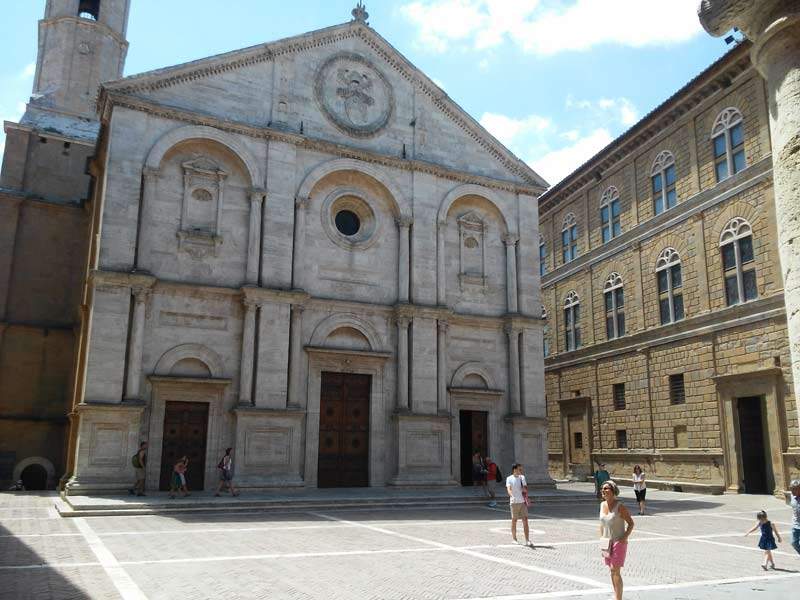 |
| Pienza, the ideal city of the 15th century born at the behest of a pope |
Warning: the translation into English of the original Italian article was created using automatic tools.
We undertake to review all articles, but we do not guarantee the total absence of inaccuracies in the translation due to the program. You can
find the original by clicking on the ITA button. If you find any mistake,please contact us.

